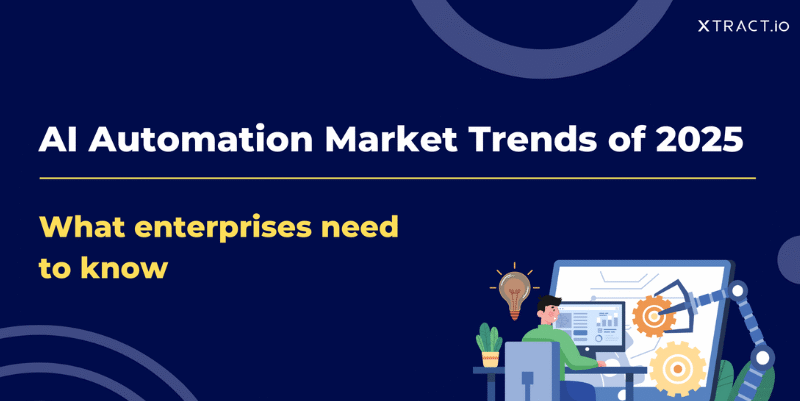Open database connectivity (ODBC) plays a crucial role in the seamless integration of disparate database systems, allowing applications to communicate irrespective of data source specificity. This API enables developers to create software that can connect to various databases using a unified approach, which is particularly beneficial in today’s complex IT environments dominated by cloud solutions and data diversity. Understanding ODBC is essential for anyone looking to navigate the landscape of database management effectively.
What is open database connectivity (ODBC)?
Open database connectivity is an open standard application programming interface (API) designed to provide access to multiple database management systems. It allows different applications to connect to diverse data sources easily, using a common set of functions and standards. This flexibility simplifies the development process for programmers, enabling them to create applications that can interact with various databases without requiring extensive changes each time they switch data sources.
The functionality of ODBC
ODBC acts as an intermediary that translates application requests into a format that the database can understand. This layer of translation is essential for maintaining compatibility across different systems.
How ODBC works
When an application makes a call to access data, ODBC translates this call into SQL commands that the target database can process. This bypasses the need for each application to have its own set of instructions tailored for every database, making data access more streamlined and less complex.
Benefits of using ODBC
The use of ODBC presents numerous advantages, including:
- Simplicity: Developers can write SQL code that works across various platforms, reducing the need for multiple codebases.
- Flexibility: Applications can connect to any ODBC-compatible database without extensive modifications.
- Interoperability: Provides a common approach to database connectivity, enhancing compatibility among different systems.
Components of ODBC
ODBC consists of four primary components, each playing a vital role in its overall functionality.
Application
The application component refers to the end-user program that invokes ODBC functions to send SQL statements to the database. This is where the interaction with the user occurs, making it crucial for the overall user experience.
Driver Manager
The Driver Manager is responsible for loading the appropriate database drivers and managing connections. It acts as a traffic controller between applications and data sources, ensuring that the correct driver is utilized for the specific request.
Driver
Drivers are essential components that execute ODBC function calls by translating them into commands that the specific database can understand. The choice of a driver directly impacts the functionality and performance of the database connection.
Data Source
A data source is any database or file system that can be accessed through ODBC, which could include relational databases like MySQL or simple flat files. Each data source can have one or more drivers associated with it, enabling flexible access options.
Comparison with Java Database Connectivity (JDBC)
Understanding how ODBC compares to other connectivity solutions like Java Database Connectivity (JDBC) is vital for developers working in different environments.
Similarities and differences
Both ODBC and JDBC serve to connect applications to databases, but they differ primarily in their environments and execution. ODBC is typically used in Windows applications, while JDBC is tailored for Java applications running on any platform. Performance also varies between the two, with JDBC sometimes outperforming ODBC in Java-centric situations.
The deprecation of JDBC-ODBC bridge
The JDBC-ODBC bridge was deprecated primarily due to issues related to performance and the growing compatibility of JDBC. This transition means Java developers now rely solely on JDBC for database connectivity, reinforcing the importance of understanding how each technology functions.
Alternatives to ODBC
There are several alternatives to ODBC that offer similar functionalities for database interaction.
OLE DB
OLE DB is another Microsoft technology designed for accessing data from a variety of sources. It is an evolution of ODBC, providing more flexibility and support for various data types beyond relational databases.
ADO.NET
ADO.NET is a data access technology within the .NET framework that allows applications to interact with data sources in a more developer-friendly way. It offers extensive support for manipulating data and works seamlessly with XML.
Embedded SQL
Embedded SQL allows developers to embed SQL statements directly within programming languages, providing high-performance access to databases. This technique is often used in high-load environments where efficient database interaction is essential.
History of ODBC
ODBC has a rich history that reflects the evolution of database management technologies.
Origin and evolution
ODBC originated from the SQL Access Group’s efforts in the early 1990s, aimed at standardizing how applications communicate with databases. The first version was released in 1992, and subsequent advancements have improved its capabilities, adapting to user needs and technological advancements.
Current relevance
Despite several technological changes, ODBC remains relevant as it adapts to new distribution architectures and the increasing demands for database connectivity across different platforms and environments.
The role of ODBC in modern database management
In today’s data-driven world, ODBC’s role continues to evolve as it becomes integral to effective database management strategies.
Impact on IT environments
ODBC significantly contributes to modern IT environments by allowing organizations to integrate and manage data from multi-cloud databases, enhancing flexibility and responsiveness to business needs.
Future of ODBC
As technology progresses, the future of ODBC looks bright with potential advancements that may include enhanced performance metrics, improved security measures, and features catering to the increasing complexity of data environments.

